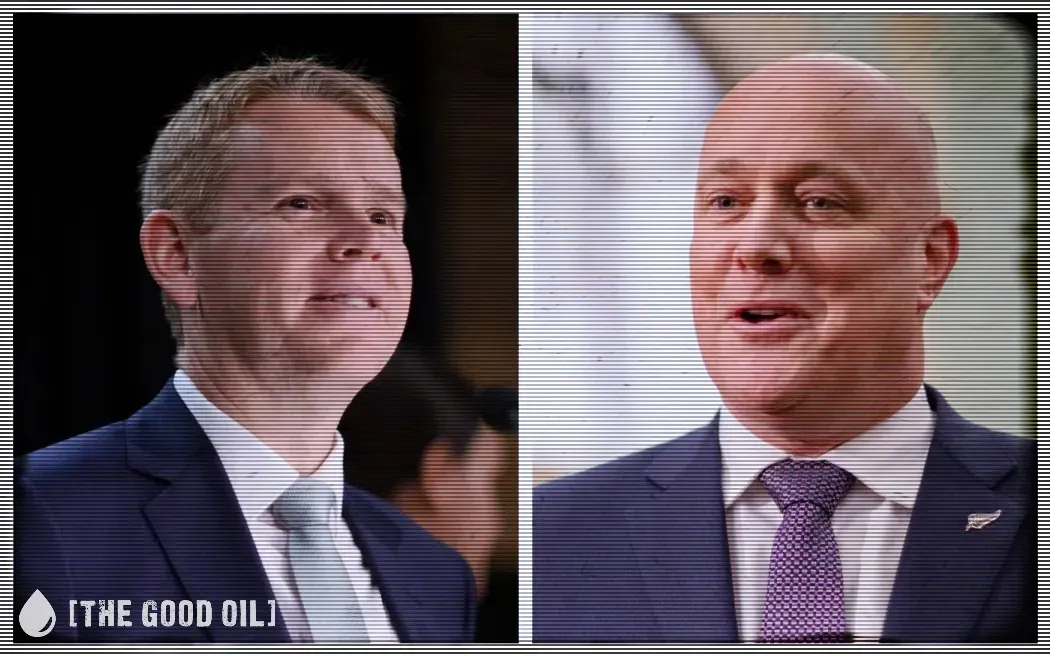I have written about this before but, in light of TVNZ’s recent disclosures of their ever-worsening financial situation, why on earth is the government, on behalf of us, the taxpayers, clinging like a leech to it? This is a government that prides itself on being financially savvy. Why then is the administration holding on to this abomination of leftist propaganda? It outlived its original purpose years ago.
The government seems to regard this useless outfit as something akin to a lavatory, i.e., something we can’t do without. Certainly its financials are down the toilet and much of its programming belongs within the said apparatus. Personally, I can’t think of one good reason to keep this unprofitable company on life support. It appears to be trying to reinvent itself in the digital world, but why does that require government input? A bike bridge or light rail to the airport makes more sense than that and they are themselves nonsensical ideas.
TVNZ, rather than paying a dividend to the government, which it is supposed to do, is simply spewing vitriol against it. While not expecting the news to be actively supportive of the government, the public do expect balanced reporting on matters concerning it. This is clearly not the case as anyone watching can see. A good example earlier this year was a political poll that Maiki Sherman was so excited about she deemed it ‘breaking news’, and the item on the poll was far too long…
Then there is the excessive use of te reo. I read that TVNZ says it is not obligated to use the language, so why does it? It reeks of either wokeness or political correctness or both. It is simply an irritant and a turn off. Last weekend we got a lot of meaningless te reo gabble from the weather lady. The taxpayers are already forking out for two television channels to broadcast in this language so there is no reason to have it on mainstream television.
The government needs to have a rethink on TVNZ: either send it to the media graveyard or make it more fit for purpose. By that I mean turning it into something that has appeal to the majority of those most likely to access it. As I have said previously, a good example is Sky News Australia. Almost half the population watch that channel over any given month. The average age of viewers is 45 compared to TVNZ which is 40. Their viewers are 53 per cent male and 47 per cent female. Their audience share is 44 per cent 18–44 and 56 per cent 55-plus.
They have a subscription service which costs $5 per month, where information can be accessed at any time. As of May this year Sky News had four million subscribers. Do the maths. They are far from the situation TVNZ finds itself in. Between 2021 and 2023, Sky News grew its audience by 21 per cent. They put their success down largely to being on YouTube. According to Reuters Institute Digital News Report 2023, YouTube is the second-ranked platform for news sharing, accounting for 23 per cent of market share.
This is the path I think TVNZ should follow. Buckets of cheap reality television aren’t going to cut it. It should be at least partly a subscription service, which would lessen its reliance on advertising as a major source of revenue. A couple of months ago I wrote to Paul Goldsmith on his appointment as Minister of Broadcasting expressing my thoughts and received a reply along the lines of he couldn’t interfere with operational matters and I should write to TVNZ directly.
I found this reasoning rather obtuse in the light of the fact the government is the owner of the company. That, to me, is like saying the owners of the Warehouse can’t decide to enlarge its involvement in the grocery part of the business. If TVNZ can’t fulfil its obligation to pay a dividend to the shareholders then it needs to find a platform where it can, or be dispensed with. For a government intent on cutting waste either option is preferable to the current model.
A final couple of thoughts: firstly, if this model were to be followed, i.e., turning TV One into basically a news channel, then TV2 should either be sold off or become the advertising revenue cash cow. Secondly, the concept of a mainly news and current affairs channel would demand employing journalists of a higher calibre than most of those who currently have the audacity to put the microphone in close proximity to their mouths.







